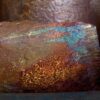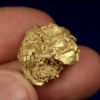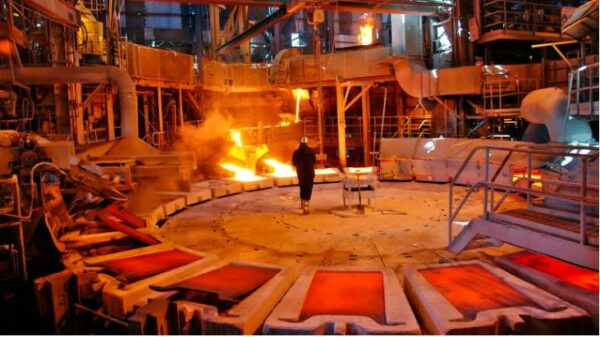Malaysian science and tech minister Chang Lih Kang says that China, the United States and other western nations are becoming increasingly interested in collaborating on rare earth production and processing.
Last week, Chinese President Xi Jinping and government partners visited Malaysia to sign new partnership agreements for joint development of emerging technologies. In relation, China has agreed to share rare earth processing tech with Malaysia. The last time Jinping was in the country was in 2013.
“They are very keen to work with us,” Lih Kang told Malaysian state-owned media company Bernama on Wednesday. “President Xi Jinping has also explicitly stated that China will assist us in developing the processing technology.”
Malaysia is currently estimated to hold 16.1 million tonnes of rare earth reserves, valued at approximately US$168 billion. There are substantial deposits of neodymium, dysprosium and praseodymium waiting to be exploited. But, lacking the necessary processing equipment has been holding the country back.
“If we sell rare earth raw and unprocessed, the value is relatively low, but once processed, its value increases significantly, by as much as 10 to 15 times,” a Malaysian government official told reporters in Selangor on Apr. 17
Despite lacking the technological prowess of the Chinese in the sector, Malaysia already currently hosts the world’s largest rare earth processing plant outside of China. Lynas Rare Earths Ltd (ASX: LYC) (OTCMKTS: LYSDY) (FRA: LYI) operates and maintains it.
“As the global economy pivots toward electrification, green energy, and advanced technologies, rare earth elements are fast becoming the backbone of innovation — powering everything from electric vehicles to semiconductors and aerospace,” Lih Kang said on social media this week.
“Malaysia, with its natural reserves and growing R&D ecosystem, stands at the threshold of tremendous opportunity.”
Chinese export ban & U.S. trade war make rare earths popular topic
China’s recent decision to suspend exports of seven crucial rare earth elements (REE) has put Malaysia in the spotlight.
The Southeast Asian nation is currently limiting its exports of unprocessed rare earths, but still ships refined rare metals abroad.
The industry is expected to contribute US$2 billion to Malaysia’s GDP this year.
“Recently, Malaysia has gained more prominence due to its REE reserves,” the Malaysian Investment Development Authority has highlighted. “Malaysia’s domestic rare earth minerals are seen to be a step forward as the world seeks to reduce reliance on China.”
The global market for rare earths is expected to reach a valuation of US$11.6 billion by the end of next year. The Americans used to get over three quarters of their rare earths from China.
Where does the U.S. get its rare earths?
– China – up to 80%
– Estonia – ~10%
– Malaysia – ~10%
– Australia – ~5%
– Mountain Pass, CA – only active U.S. mine, still reliant on China for processingWe mine a little. China refines a lot. https://t.co/cD3VMxcjsm
— The Wolf Of All Streets (@scottmelker) April 4, 2025
Read more: Promising antimony find in Nevada strongly positions NevGold Corp in minerals race
Read more: NevGold’s long intervals of antimony & gold mineralization turn heads
Follow Rowan Dunne on LinkedIn
rowan@mugglehead.com















Pingback: Terras Raras: O Papel da China entre Hegemonia, Sanções e Cooperação | Conjuntura Internacional